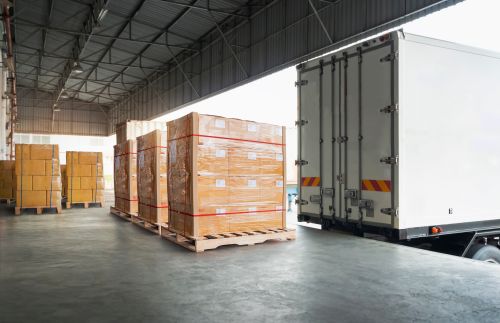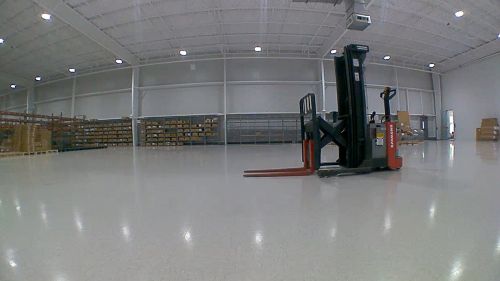- Autonomous mobile robots
- Obstacle detection algorithm
- ODS challenges
Obstacle detection: Overcoming environmental perception challenges for robots
Improving a mobile robot’s perception of its environment helps minimize or eliminate unplanned stops, increasing availability and performance of the system.
Increasing perception, however, is just the first part of the solution. Each camera technology has its own unique challenges, called “artifacts”. Addressing sensor artifacts (raw physics limitations) to establish a reliable ground plane and reduce false positives across a wide range of facilities where the robots will be deployed requires the most attention through the development process. The only way to reduce total cost of ownership for perception platforms, and solutions, is to reduce the impact these artifacts have on the overall use case.

Positive and negative obstacles
When converting data into information for obstacle detection, the focus is on discerning obstructions in the vehicle's path. Achieving this involves two key steps:
- Floor segmentation: Differentiate between the floor and non-floor elements.
- Mitigate false positives: Provide a level of certainty that an object segmented from the ground is a true object.
Objects encompass various items found in a typical logistics center:
Positive objects: Fork tines, people, boxes, pallets, etc.
Negative obstacles: Docks, stairs, etc.
The goal is to robustly segment the ground plane, identify objects above or below this plane and provide this information to the robot to allow for proper decision making.


The problem with finding the floor
There are two primary factors that contribute to the complexity of segmenting the ground plane, or floor, in mobile robot use cases:
- The floor's unpredictable nature, ranging from concrete to shiny tiles and potentially being dirty or featuring painted lines, poses consistency challenges for all camera technologies (iToF, LiDAR, stereo cameras etc.).
- Sensor “noise” increases the further out it goes from the camera. As noise increases so does the complexity of segmenting the ground from smaller objects.
A robust obstacle detection solution must be capable of handling the variety of floors mobile robots will traverse, with robust noise reduction, to truly reduce friction in deployment.
The problem with false positives
How do you explain to your customer why a robot stopped for no identifiable reason? This is the challenge posed with false positives. While avoiding false negatives is essential, false positives, such as those caused by dust or highly reflective surfaces, are almost as problematic. Dust, for example, is not a new problem. LiDAR manufacturers have learned to address this by incorporating settings increasing the number of rotations required for a signal to be present to differentiate between objects and dust particles. This is a viable approach as the dust is naturally random, never staying in the exact same spot for multiple scans. This is much more complex for 3D camera systems as the dust, although random in its movement, will still be in the cameras FoV. Additional mitigation factors must be utilized.
The same is true for mitigating the impact of highly reflective objects or bright sunlight in the scene.
These challenges, most occurring randomly, make preventing false positives as challenging as floor segmentation. This challenge requires a deep understanding of the camera's physics engine, the decision-making process for distinguishing objects, and effective information relay for accurate decisions—an aspect often overlooked in the emphasis on floor segmentation and collision detection. Addressing the factors that could potentially cause a false positive has to be a priority for any obstacle detection solution.

Leveraging sensor expertise to solve one crucial part of the AMR puzzle
When it comes to object detection for automated robots in industrial settings, the problem is not about seeing boxes, people and other common items; that issue is fairly resolved. At ifm, as the sensor manufacturer, we leverage our deep knowledge of the physics engine, specifically indirect time of flight, to reduce the problem of floor segmentation and simplify integration. The O3R perception platform was designed to fulfill this task. We have reached a level where we are capable of detecting fork tines on the ground and small, difficult objects on that ground plane. And, we designed our obstacle detection to buy off-the-shelf without having to develop more proprietary software.
Gain a competitive edge
Are you ready to take your mobile robot development to the next level? Fill out the form or contact Tim McCarver directly at tim.mccarver@ifm.com.